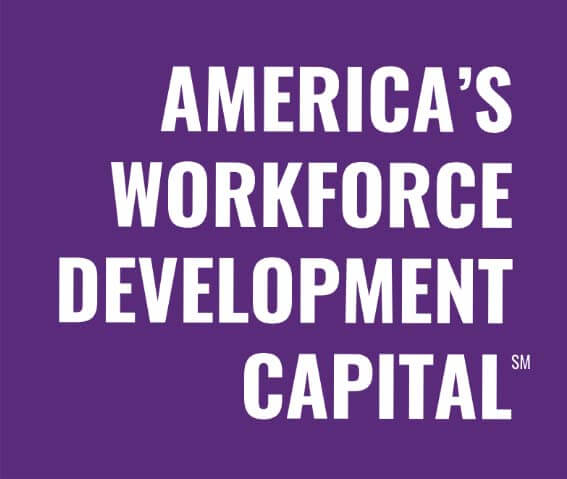Marion Area Workforce Acceleration Collaborative (MAWAC)
MAWAC provides the next generation an integrated opportunity to develop professional skills by combining education with industry. This collaborative partnership connects local students to Marion area educational, business and workforce development leaders. MAWAC was created because of the Ohio law – Ohio Revised Code section 3313.82, which states each school district and the governing board of each educational service center shall appoint a business advisory council.
MAWAC’s core team consists of the superintendents of each Marion County school districts as well as Tri-Rivers Career Center, the Dean of The Ohio State University at Marion, the president of Marion Technical College, the president of the Marion Area Chamber of Commerce, the director of Marion County Job and Family Services and the director of Marion Can Do!. The core team also includes no more than ten representatives from Marion Area business or industries. As more business partners join MAWAC, subcommittees will be formed to promote direct collaboration within the school districts on career exploration and pathway development.
Why is MAWAC innovative if every school district is mandated to do this?
Because Marion County, unlike most other counties, is working together with representatives from every school district and higher education institution in the county to have one collective business advisory council. This shows yet again Marion is working together to improve our county, this time through workforce development and education.
The Core Team of MAWAC appointed Dr. Shelly Dason as Director. Dr. Dason’s main role is that of school/business liaison. She was instrumental in getting approximately 2,400 Marion school students to the Made in Marion Expos (madeinmarion.org) giving middle and high school students a chance to see the exciting opportunities available in Marion County. As Shelly Dason said, “This collaborative effort between businesses and school districts is critical in helping students define their pathways in the future workforce as being Employed, Enrolled or Enlisted.”
Marion residents should be proud of the collaborative efforts of our schools and businesses through MAWAC. MAWAC is showing how working together can help build a stronger future for our students, our workforce and for Marion County.
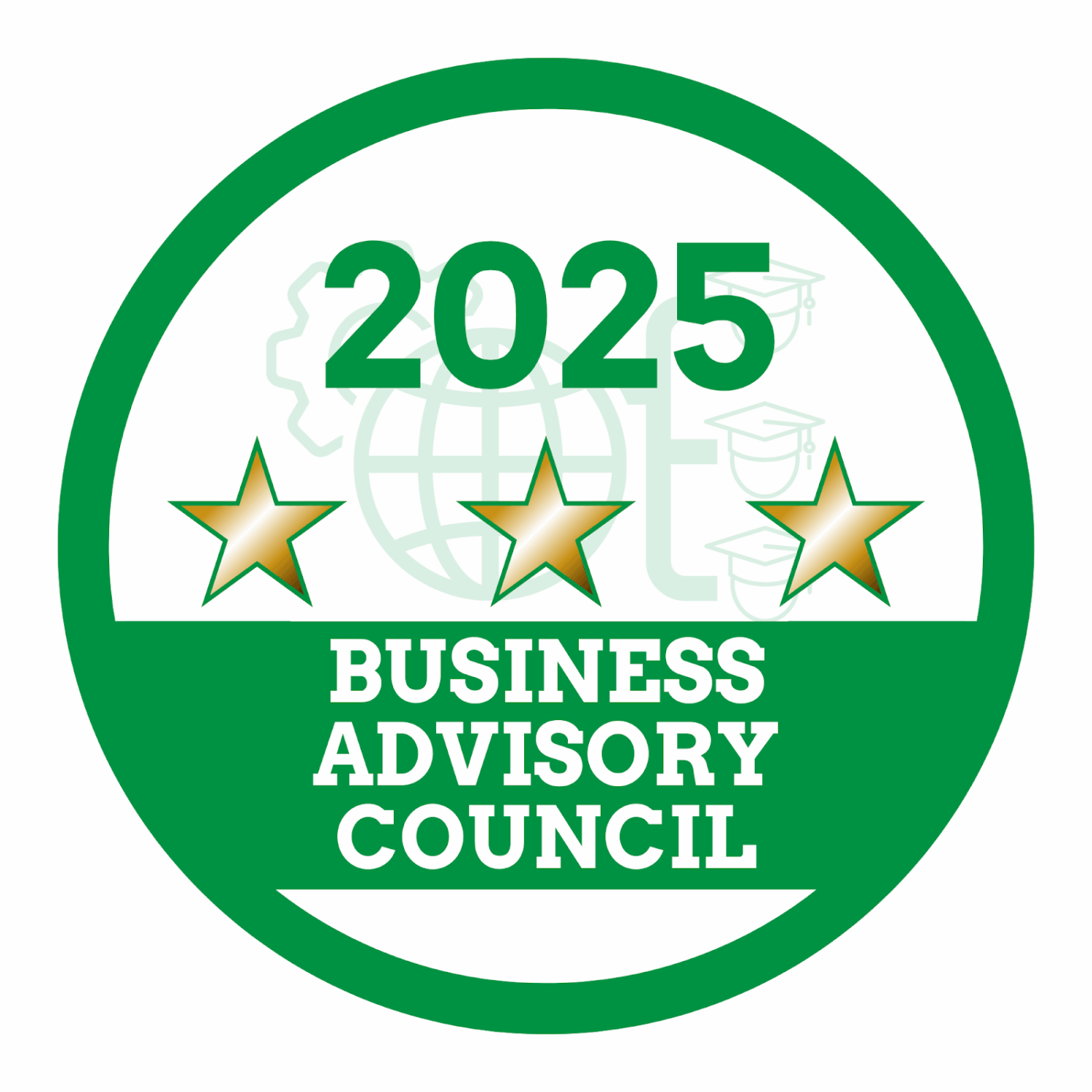



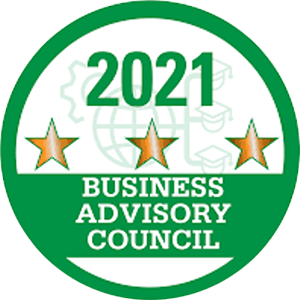
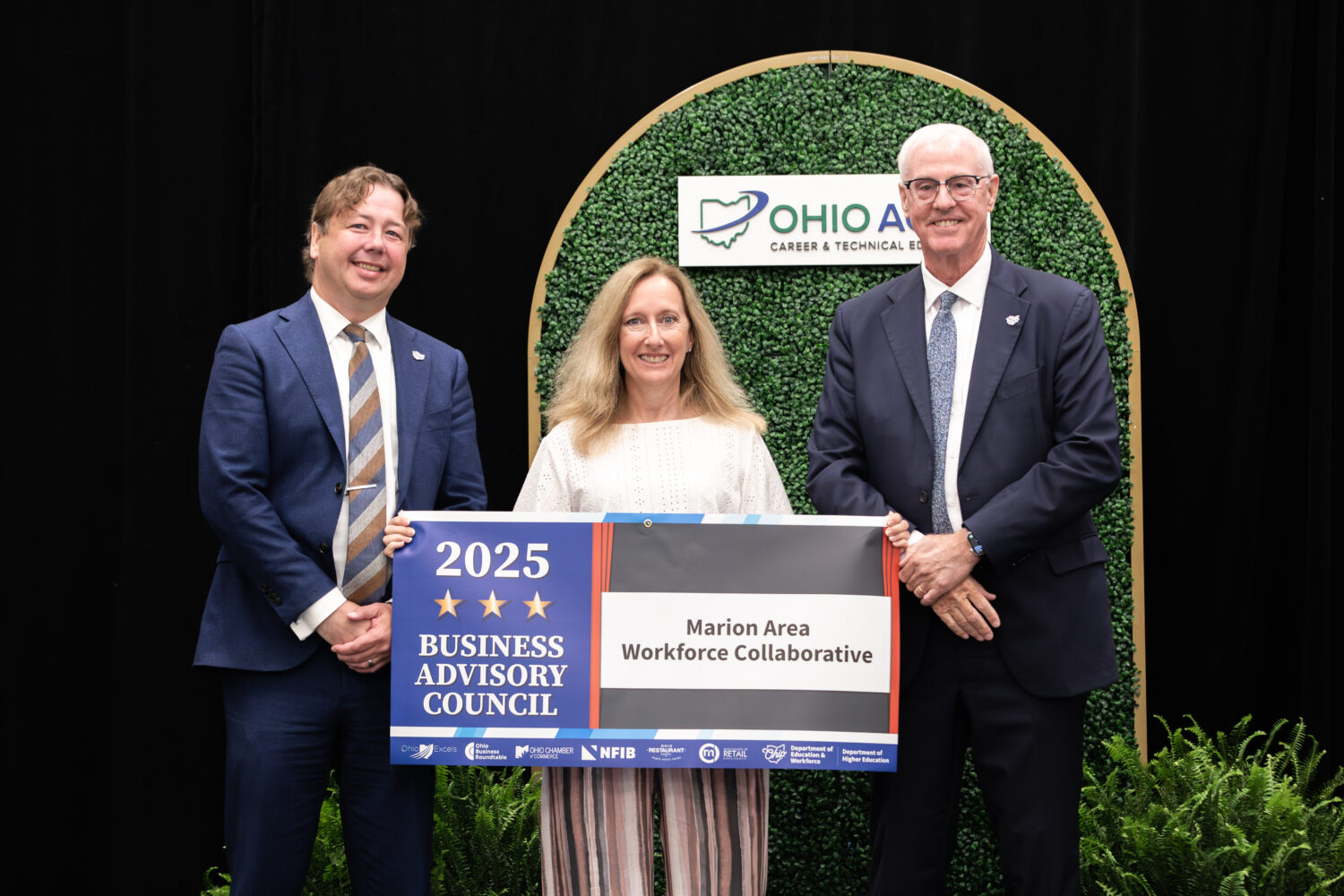

Our Goals
Develop Professional Skills for Future Careers
Work together to delineate key professionals skills that will be needed for the future job market.
Build Partnerships
Develop a working relationship among businesses, labor and education personnel.
Coordinate Experiences
Create environments that allow students to demonstrate proficiency in critical professional and specialized skills that will aid in future employment.


Career Awareness
Elementary Grades (K-5)
Career Exploration
Grades (6-8)
Career Planning
High School (9-12)
Graduating Class of 2023 and Beyond
First, Cover the Basics
You must earn a minimum total of 20 credits in specified subjects and take your required tests. Then, decide how you will round out your diploma requirements.
| English language arts | 4 credits |
| Health | 1/2 credit |
| Mathematics | 4 credits |
| Physical education | 1/2 credit |
| Science | 3 credits |
| Social studies | 3 credits |
| Electives | 5 credits |
Other Requirements
You also must receive instruction in economics and financial literacy and complete at least two semesters of fine arts. Your district may require more than 20 credits to graduate.
Second, Show Competency
Earn a passing score on Ohio’s high school Algebra I and English II tests. Students who do not pass the test will be offered additional support and must retake the test at least once.
Is testing not your strength? After you have taken your tests, there are three additional ways to show competency!
Option 1
Demonstrate Two Career-Focused Activities*
Foundational
- Proficient scores on WebXams
- A 12-point industry credential
- A pre-apprenticeship or acceptance into and approved apprenticeship program
Supporting
- Work-based learning
- Earn the required score on WorkKeys
- Earn the OhioMeansJobs Readiness Seal
*At least one of the two must be a Foundational skill.
Option 2
Enlist in the Military
Show evidence that you have signed a contract to enter a branch of the U.S. armed services upon graduation.
Option 3
Complete College Coursework
Earn credit for one college-level math and/or college-level English course through Ohio’s free College Credit Plus program.
Business partnerships needed for Option 1, however, best practice is for all students!
All Career Paths Have Several Avenues to Explore!
Healthcare
Manufacturing
Business
Construction
IT
ODE Industry Recognized Credentials – Class time in the schools to match Work Based Learning Opportunities or points for the Seal options.
Explore Career Fields
Inventionland
Agriculture/ Environmental Systems
Arts and Communication
Business, Marketing, and Finance
Career Center Courses
Construction
Education and Training
Engineering
CPR/First Aid, STNA
Health
Hospitality and Tourism
Human Services
College Credit Plus
Information Technology
Law and Public Safety
Manufacturing
Lean Six Sigma
Transportation
Job Site Placement and Internship
Apprenticeship and Pre-Apprenticeship
Remote or Virtual Placement
Entrepreneurship
School-based Enterprise
Simulated Work Environment
Partnership Guidelines for WBL
- Business/mentor
- Partnership agreement
- Program coordinator
- Learning/training plan
- Description of experience
- Competencies performed
- Evaluation/assessment
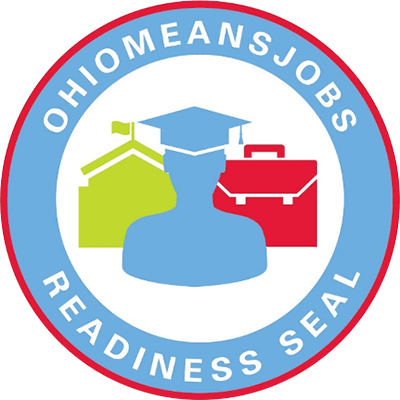
Promote Learning & Engagement for Students
- Connecting school and work
- Teach about new careers
- Share about the uniqueness of the workplace
- Practice soft skills
- Encouraging productivity & accountability
Orientation Checklist for WBL Students
I. Welcome and Introduction
- What it means to work at this company
II. Workplace Tour
- Overall tour of facility
- Tour of work area
- Introduction to staff
III. Tour of Facilities
- Restrooms & lunch rooms
- Parking
- Telephone
- Storage for personal belongings
IV. About the Company
- Discussion of company structure
- Key people in the company
- Type of business, products, services
- Who our customers are
- Other branches or divisions
V. Department Specifics
- Telephone number and address
- Explanation of work schedule
- Location of time clock/sign-in
- Attendance requirements
- Hours
- Break & lunch times
VI. Job-specific Issues
- Location of necessary supplies
- How to use phone/office equipment
- Job description
- Training plan
- Evaluation procedures
VII. Safety Training
- Stairwell/fire exits
- Fire extinguishers
- Special hazards
- Accident prevention
- Safety training log, updated as needed
VIII. Supervisor’s Expectations
- Dress code (hair, clothing, jewelry, etc.)
- Performance expectations
- Company culture (teamwork, service, values, etc.)
IX. Materials
- Personnel handbook
- Organization chart
- Telephone directory
- Security procedures
WBL Student Benefits
WBL Industry Partner Benefits
Liability
The Ohio Department of Education encourages companies to contact The Adecco Group if they are interested in offering work-based learning opportunities or enhancing their current training programs and want to minimize their youth-employment risks.
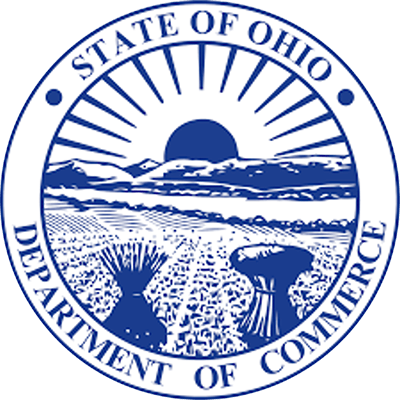
BAC Joint Commitment Statement
Interested in becoming a Work Based Learning (WBL) site and/or want more information on joining the MAWAC School/Business Advisory Council?
Contact Marcia Pitts: MAWACMade@gmail.com
